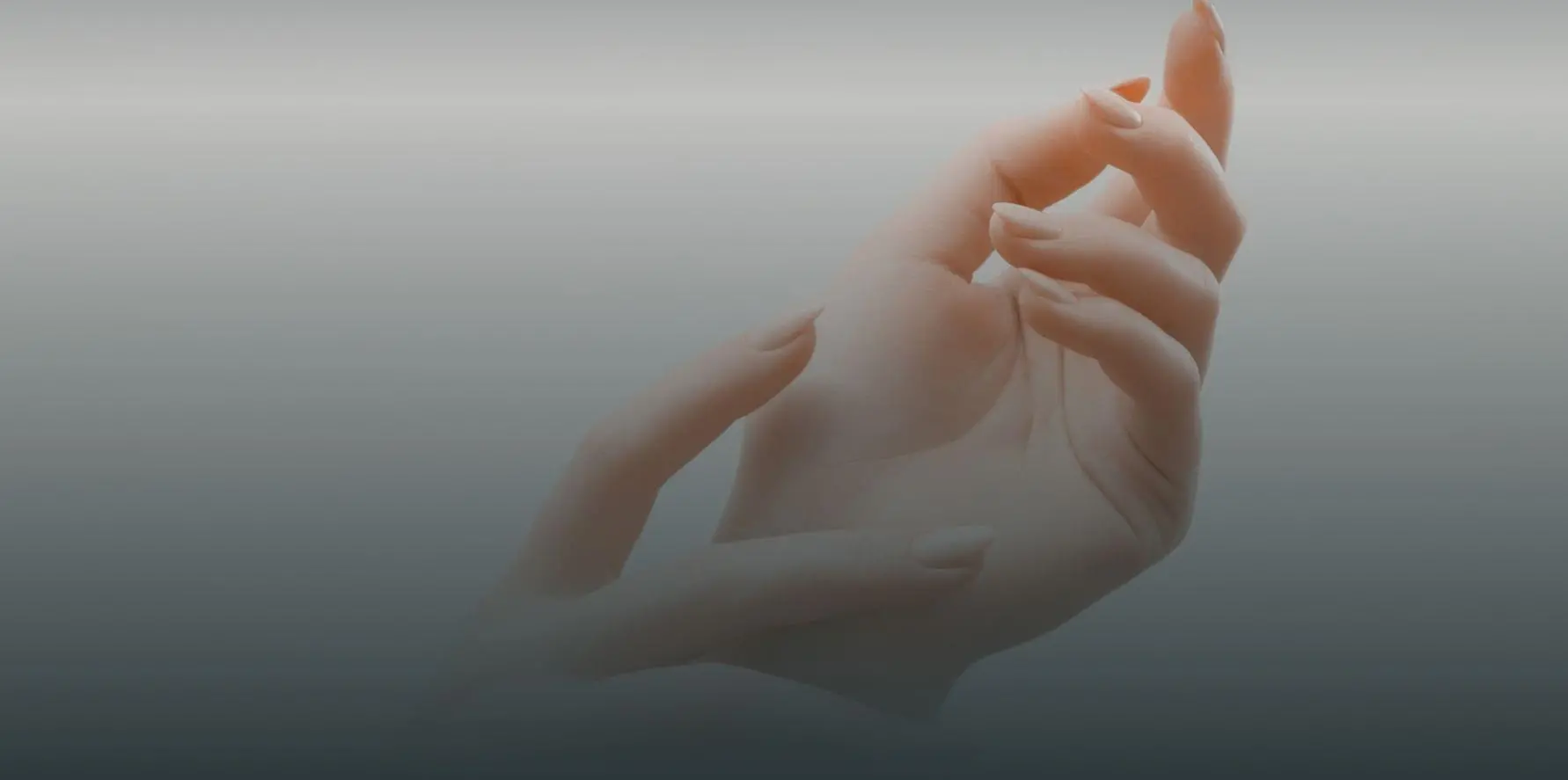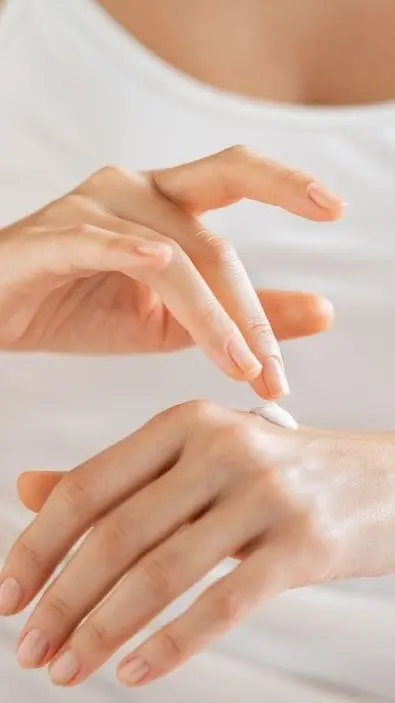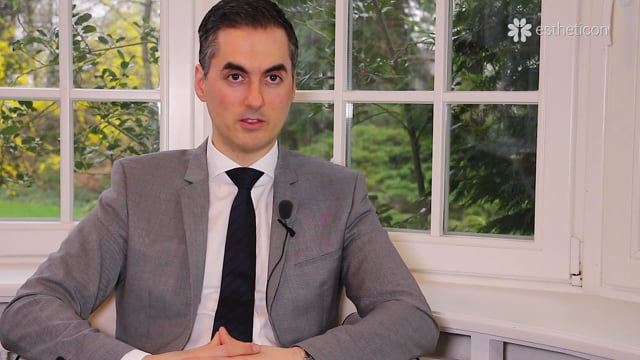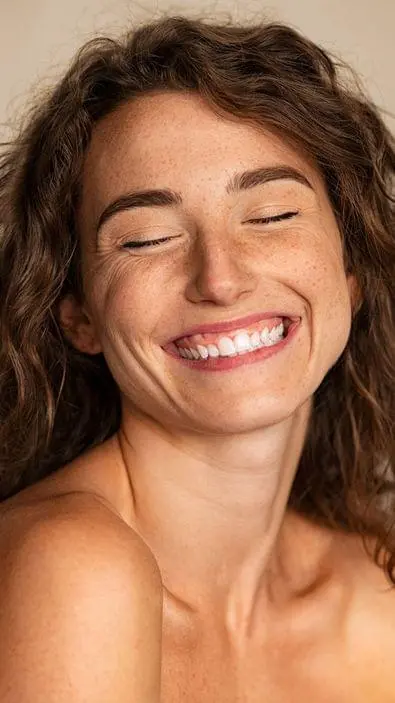
Manual Rejuvenation
In everyday life, the hands are often the focus of attention. Hands are usually inadvertently noticed as soon as you say hello. After the face, the hand is the body part that is uncovered as an essential part of our appearance, and is always out in the open. Due to this constant presence and constant exposure to environmental influences, the hands are also subject to constant change over the course of life. Aesthetic surgery of the face has been an established standard for years to slow down aging processes. However in these cases, a quick glance at the hands reveals a clear discrepancy between a youthful face (covered with make-up) and the hand.
Manual Rejuvenation: The facts
Length of stay in the clinic
as an outpatient
Anesthesia
or twilight sleep
Follow-up treatment
Resumption of social activities
Pains
Durability
permanently with autologous fat
Cost
When is Hand rejuvenation useful?
- For patients who suffer from wrinkled and sagging hands due to signs of aging
- For patients whose skin on their hands has lost elasticity due to age or severe weight loss

More about Hand rejuvenation
A young hand appears healthy at first glance, the skin is still very elastic smooth and spotless, even with maximum movement. The back of the hand’s appearance is one of a soft, rosy fullness that hides the underlying tendons and skin vessels well.
From about the age of 40, however, a loss of skin elasticity and the appearance of ‘age spots’ are frequently observed. Due to environmental influences such as UV radiation, excessive cigarette consumption or regular contact with chemicals, the skin can even be considerably prematurely aged at this point. In addition, the structure of the skin and subcutaneous tissue usually appears very thin in old age, also known as ‘paper skin’, and the circulation of blood and lymph is reduced.
As a result of the loss of volume, clearly visible wrinkles appear, the vein pattern becomes more prominent and the finger bones can show through the aged skin. The age-related changes in the deeper layers of the skin of the hand (loss of volume) are, according to the current state of scientific knowledge, not due to environmental influences but are genetically determined.
I often see an obvious deviation between the quality of the skin on the hand and the rest of the skin in my private clinic for plastic and aesthetic surgery in Berlin. Despite regular skin care with various creams or previous therapy attempts with various peelings, the aging process of the skin on the hand seems to be difficult to stop. However, replenishing the lost volume of the subcutis has proven to be particularly effective. There are two procedures to be mentioned here, both of which achieve very good results: on the one hand, volume build-up with hyaluronic acid and on the other hand with the patient’s own fat. In some rare cases, in the case of an unusually large excess of skin, simply filling the volume deficit is not sufficient. In these cases, the therapy should be supplemented by a tightening operation of the hand via a small skin incision.
Types of Hand Rejuvenation
A quick and inexpensive way to increase the volume of the skin on the hand is to fill it up with hyaluronic acid. With targeted injections into the subcutaneous tissue, wrinkles can be injected simply and effectively and translucent veins concealed. The effect of hyaluronic acid also improves the structure of the skin by increasing its moisture content and stimulating collagen production. The treatment usually requires several sessions to achieve optimal results and usually does not last longer than one year.
In recent years, the transfer of autologous fat (for example from the abdomen) has gained increasing importance in hand rejuvenation. ‘Lipofilling’ is particularly suitable for the treatment of age-related loss of volume in the hands, as the patient can also benefit from a considerable improvement in skin quality. This massive improvement in skin quality is due to the fact that, in contrast to conventional dermafillers (hyaluronic acid), micro-fats are vital cells with a high proportion of stem cells.
These cells not only ensure a long-lasting volume effect, but also a lasting skin renewal and improved circulation. After assimilation of the transplanted fat cells, the result is a permanently stable volume, the skin complexion is considerably fresher and the skin appears firmer, fresher and younger. Since the procedure is more complex than filling up the volume with hyaluronic acid, the costs are also somewhat higher.
If the therapy with hyaluronic acid or the patient’s own fat is not promising because of a massive excess of skin, the surgical intervention by means of a tightening through a small skin incision could possibly be an option. In these rare cases, however, the patient benefits enormously from the small operation, at the expense of an approximately 2 cm long incision. Since the skin on the hand heals exceptionally well and the skin incision is made in such a way that it is concealed in everyday life, the resulting scars are also very subtle and almost invisible.
Live Video / After the operation
Look at Barbara Claudia Engel’s hand rejuvenation. The Bild team was live on site and filmed the surgery of Prof. Dr. Nektarios Sinis.
As a rule, no bandage is necessary after a volume filling. However, pressure on the treated areas or excessive manual stress on the hand should be avoided for about a week. Swelling or haematomas are very rare thanks to the special atraumatic cannulas for the insertion of the patient’s own fat, and when hyaluronic acid is inserted, such problems are even rarer.
Six months after the hand rejuvenation operation with autologous fat is performed, it can be assumed that the result will remain permanently stable. In hand rejuvenation procedures with skin tightening on the back of the hand, consistent immobilization is necessary for the first days after the operation. The stitches can be removed after about 10-14 days. From this point on, the hand is completely suitable for everyday use and can withstand stress.
Costs
The costs of the initial consultation always depend on the type and extent of the treatment. In principle, the scale of fees for doctors applies to the consultation hours. Thereafter, patients pay 90 € for the initial consultation with anamnesis, collection of previous findings, physical examination and preparation of a therapy and cost plan. This fee is payable once and will not be credited towards further treatment.
Additional appointments and post-operative care are included in the total price of the operation and do not have to be paid separately. This is the only way to ensure a high-quality treatment with sufficient treatment time, during which we can respond to you and your specific needs. In order to ensure the success of the treatment, we have to carry out the consultation with sufficient time and care.
Consultation
Open continuously from Tuesday 08.00 to Saturday 14.00
Open continuously from Tuesday 08.00 to Saturday 14.00


